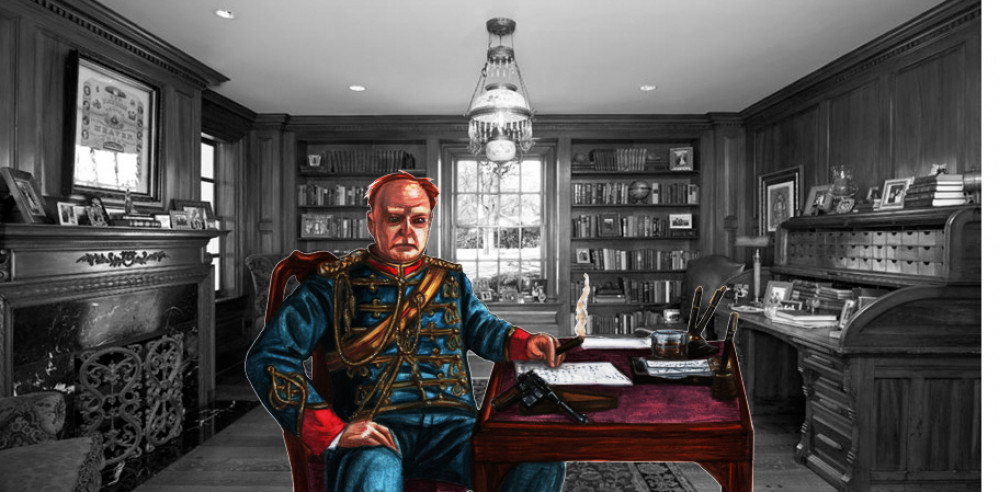
PanzerKaput's Illustrations
Scottish Republic, Friends and Foes, Part Two
On my continuing journey into the world of 1938 A Very British Civil War I bring you part 2 of the Scottish Republic, both its friends and foes.
The League of St Andrew
A small garrison guards the approaches to Edinburgh from St Andrews. Here support for the English Anglican League has manifested itself into the League of St Andrew. At present, this group is very much allies to the Scottish Republic; however, it also keenly supports the return of the Lord Protector, Prince Albert, as King. The guard is maintained at Edinburgh in case of any over enthusiastic rising in support of the reunification under Prince Albert.
The Red Clydesiders
Glasgow is a more serious issue, despite one failed uprising, these problems continue. Arrests and rotation keep things in check for now but any sign of weakness for the Republic elsewhere will invite militant unrest in the city.
Anarchist Groups
There are a few small bands of radicals that can be summarised under the headings of Anarchists. One example is the Falkirk Anarchist Brigade. These groups are not generally networked but act independently with the main threats coming from sabotage and assassinations.
Royalists and Reactionaries
As the Royalist/Fascist Government collapsed north of the border, most of its allies fled south but some stayed behind. A Pro-Edward rising backed by elements of the military, mainly officers, and the Scottish wing of the British Union of Fascists, led by the former Governor of Aberdeen, George Barr-Ghillie, came to grief at the Bridge of the Dee. The survivors took to the hills however and continued their fight against the Scottish republic. Meanwhile, the unassuming Ernest Smallfellows, former bank manager and British Union of Fascist organiser for South West Scotland began to launch around Dalbeattie against the Scottish Republic. His force was largely made up of a group of quarry workers, who allegedly liked a smart uniform, and some stalwart party members. As time went on, the contacts across the border provided them with equipment and training. Around Troon there is also a well-supplied Royalist enclave. All these groups present an ongoing threat to the Scottish Republic.
The Jacobites
The Stuart Cause has not completely died out in the Highlands and the Isles. Despite the clearances of the 19th century, the ’15 and ’45 Uprisings are kept alive in local folk lore. The current instability causes many communities to look for hope to the heroes of the past for inspiration. In the north of Scotland, this has centred on the Jacobite Cause. This has become a rallying point as communities sought to drive out the isolated Royalist and British Union of Fascists garrisons. In the aftermath of the revolt, landowners in the Highlands and the Isles have formed a self defence league and sought out the latest claimant to the Jacobite heritage as their figurehead, Prince Ruprecht. Prince Ruprecht is a member of the German aristocracy, was only too glad for the opportunity to leave an increasingly difficult situation is Hitler’s Reich, for adventure overseas. Bringing with him a small force of Great War Komarades and a few mercenaries, a small army is forming in the highlands, raising the clans and preparing for a confrontation with the Scottish Republic.
Weapons and Equipment in Scotland
As in England, the standard weapon for all factions is the .303 Short Magazine Lee Enfield rifle. Militias have more diverse sources including foreign imports, so whilst shot guns and sporting/hunting rifles are the norm, you can also find Thompsons and Bergmann MP18 sub-machine guns too. Amongst the volunteer units attached to Territorials, obsolete army equipment ca be found pressed into service. Breech-loaders, such as the elderly Martini-Henry are still used on active service, although ammunition has to be made locally.
This standard support weapons, the Lewis guns, Vickers Medium machine guns and Stokes mortars, are all used and although limited, whatever artillery is available, mainly 13 and 18 pounders, has been combined into regional artillery units concentrated in the south of the central belt. These units can be rapidly deployed to the border or beyond if required to support a raid or prevent an incursion. Carlisle and Berwick are frequent targets for the Scottish guns.
Scotland can muster some tanks, mainly Vickers medium and Mark VI light tanks, “acquired or liberated” from bases in Northern England immediately prior to the secession. Heavy tank companies have also been formed from old, obsolete Great War vintage vehicles, some of which are literally museum pieces. Armoured trains have also been put to good use defending the long coastline with mobile artillery support. Lighter armour in the form of Austin and Roll-Royce armoured cars are fairly common, alongside the Heath-Robinson homemade variety.
Scottish Regulars will normally be stubborn, whilst the reputation of the Highlanders and the swirl of the bagpipes and kilts may cause fear in a less discipline enemy. The militias performance on the field will be somewhat mixed. Different factions may refuse to serve together or may even open fire on each other; again they may behave rashly as they try to outdo their rivals in valour.





























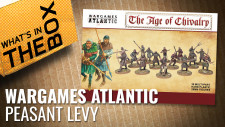

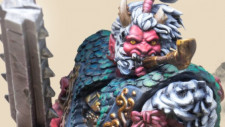
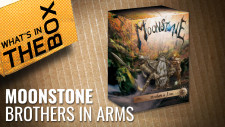



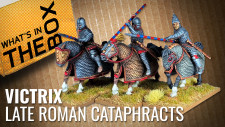




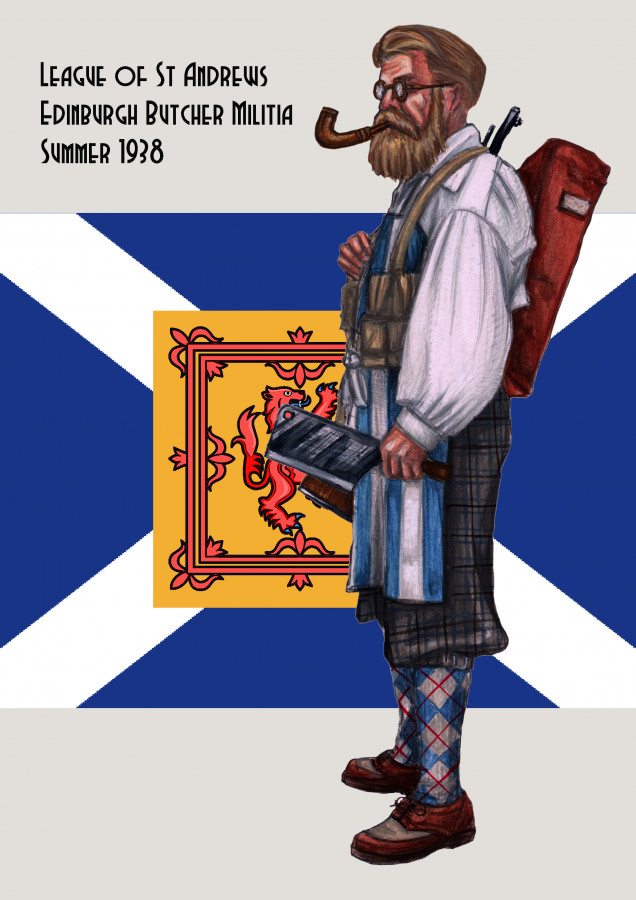
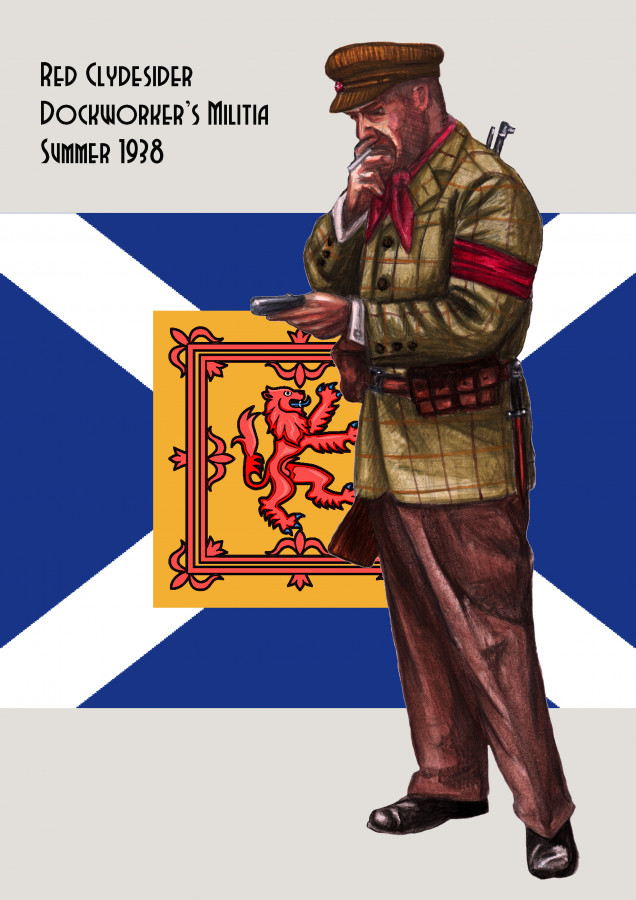

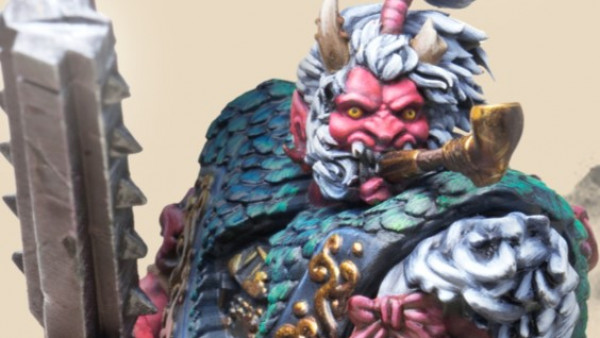
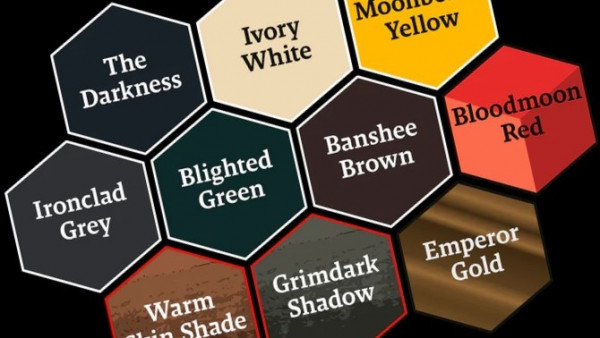
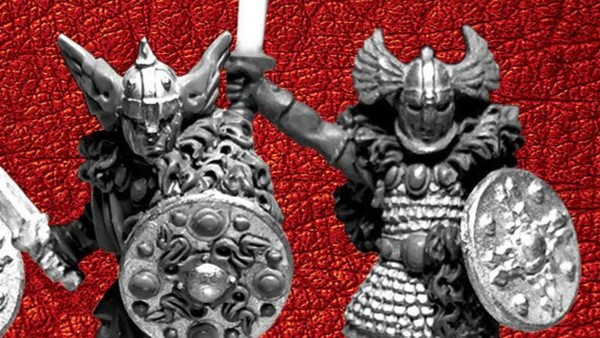

















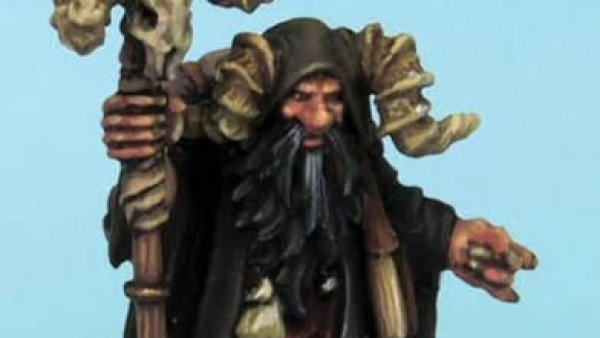
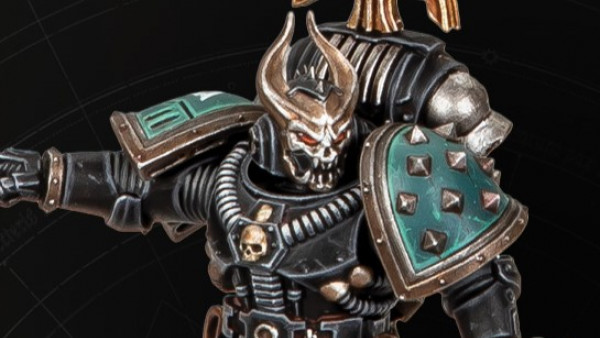
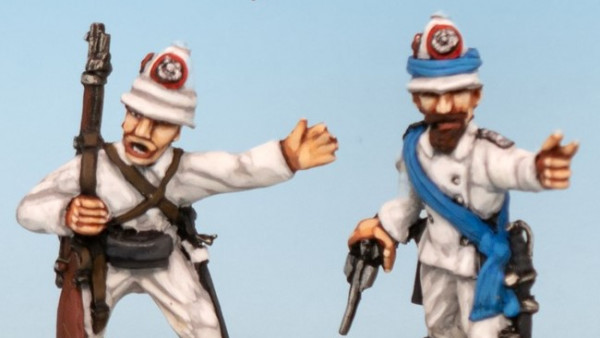
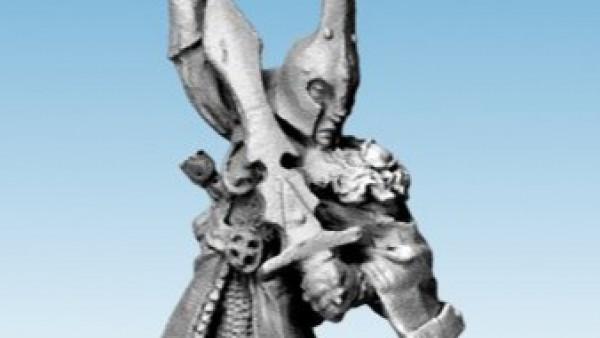
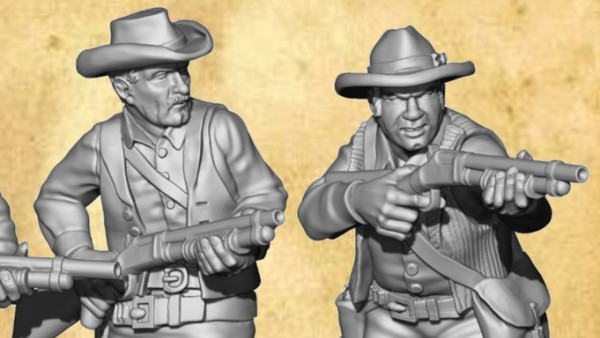

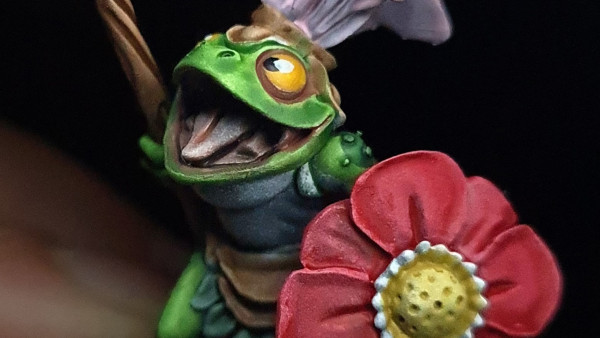
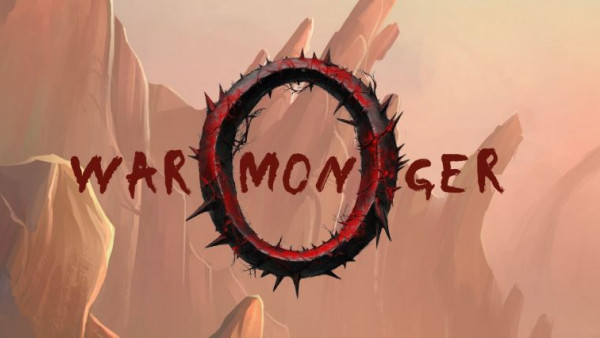
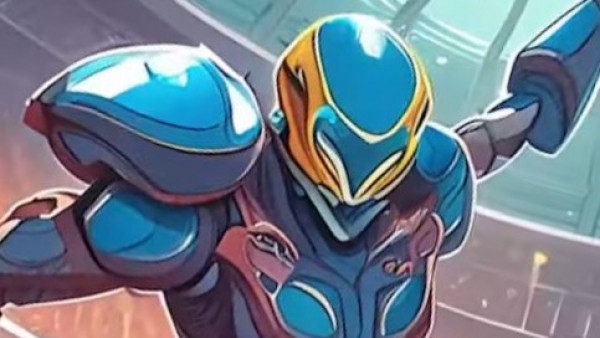



Leave a Reply